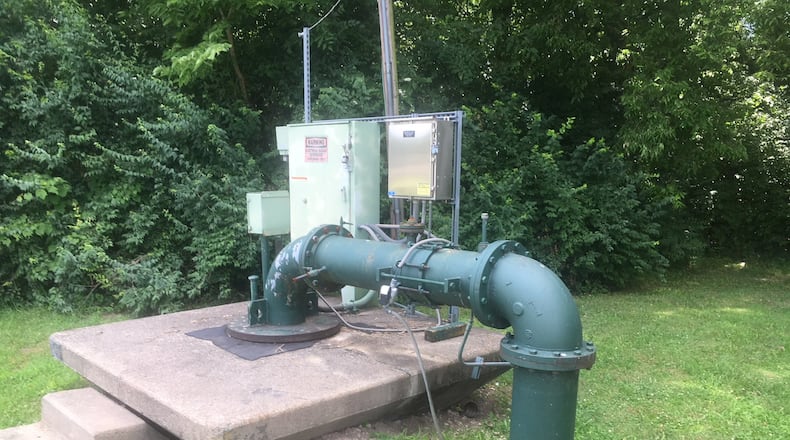The state is sampling the water systems for PFAS, or per-and polyfluoroalkyl substances, which has been found in drinking water system throughout the state, including the Dayton region.
RELATED: Cleaning up ‘forever’ chemicals in drinking water not easy task
The Ohio EPA officially kicked off the testing program at the beginning of March, although they had done a few tests in February, officials said at the time. Of the water systems tested in eight Southwest Ohio counties when the tests were suspended, all were determined to be safe, according to Ohio EPA.
The testing is part of Ohio’s PFAS action plan to determine if the PFAS is present in drinking water. The testing started with the 245 schools and daycare facilities across the state that have their own public water systems.
The state EPA and health department developed the plan last summer in an effort to address potential threats to both public and private drinking water systems.
PFAS, also known as “forever chemicals,” were once used in manufacturing, carpeting, upholstery, food packaging and other commercial and military uses. The substances were — and still are, in some places — used to extinguish fires that couldn’t be extinguished with water alone.
MORE COVERAGE: Montgomery County saw record water main breaks. How it will fix its aging systems
PFAS-based foams were formerly used at the city of Dayton Fire Training Center during testing exercises. The foams also have been used in exercises and actual fires at Wright-Patterson Air Force Base. Both sites are located above the aquifer that supplies the region’s drinking water.
Some of the chemicals seeped into city of Dayton wells, which were immediately shut down.
Prior to suspending the testing in March, the Ohio EPA sampled 229 of the state’s 245 schools and daycare facilities for PFAS, officials said at the time.
The agency received laboratory results for 222 of the tests. The level of contaminants were below the reporting limits at 199 schools and daycare facilities. The U.S. EPA has set a health advisory for chemicals, recommending drinking water not contain PFAS above 70 parts per trillion.
None of the facilities above the limit were in southwest Ohio.
About the Author
